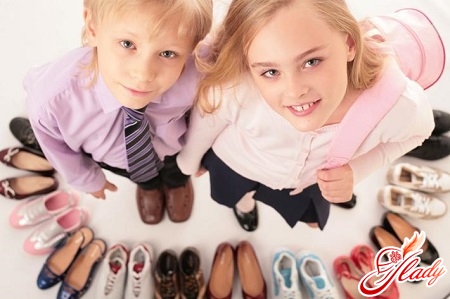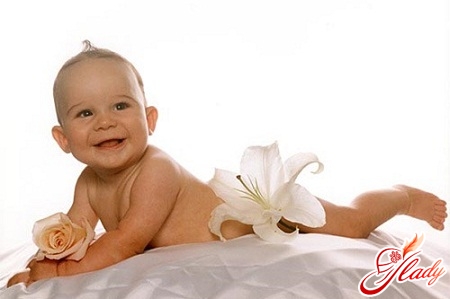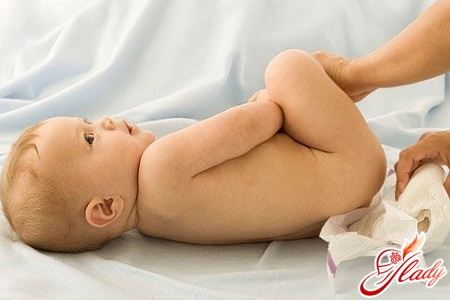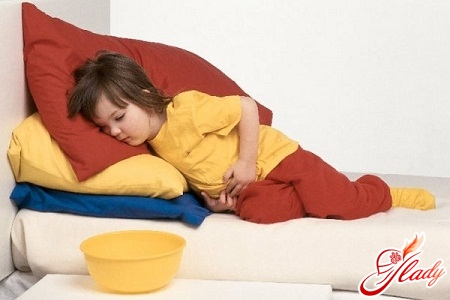
Valgus foot deformity in children is the mosta common type of foot deformation at an early age. According to statistics, this diagnosis is put almost to every child who has abnormalities in the development of feet. It arises as a result of the weakness of the ligamentous apparatus of the child, at the root is a violation of the innervation of the muscles of the lower extremities. It manifests itself most often in two months after the beginning of the baby's walking, which is explained by the heavy load of the body on the feet with still fragile muscles and ligaments. From this it follows that the examination by a specialist (in this case an orthopedist) is very important at an early age. Rarely, but such a pathology can be congenital, then the diagnosis is put either in the maternity hospital or during the first month of life.
Flat-valgus deformation of the feet
With valgus deformation of the foot, its internalthe edge sags, the longitudinal arches thicken, the front section (fingers) is led outward, and the heel also deviates to the outside. In the standing position, when viewed from above, both legs are visible. The child, when walking, as if trying to lean on the inner edge of the foot. Valgus deformity is diagnosed if the distance between the inner ankles exceeds 4 cm with straightened, tightly compressed knees. In the absence of treatment, flat-valgus deformity of the feet leads to an X-shaped (valgus) deformation of the ankle and knee joints, which leads to an incorrect position of the pelvis, and this, in turn, causes a violation of posture. Curvature of the axes of the spine and limbs leads to an overload of muscles that try to hold the body in the right position, hence pain and early osteochondrosis. Also, with flat-valgus deformity of the foot, the risk of further lateral flatfoot, joint arthrosis, curvature of the spine is increased, which affects the quality of the whole life, causing rapid fatigue, awkward gait, difficulty in selecting shoes. The cause of this defect may be:

Treatment and prevention
It is very important not to miss the valgus deformityfeet at the child, tk. bones of children are quite elastic, early correction allows to completely eliminate the defect. Correction is performed with the help of massage and gymnastic exercises. Because recovery will take more than one month, the massage is carried out by courses for 15 days of daily massage with a break in 2 weeks. It is also necessary to regularly perform gymnastics and wearing special shoes, made to order. The best option for gymnastics will be massage mats of different profiles. In order for the neuromuscular system to receive a complex training, it is necessary to create a whole strip of small obstacles, moving, the child will put the legs in different ways, hence, the muscles will work differently, receiving various signals from the nerves. The effect of treatment can come in six months. If the treatment remains ineffective for a long time, they resort to wearing orthopedic tires, correcting the folds, and also to surgical intervention. Prevention:
The right shoes. In children's shoes, the back (birch) should be stiff, high, cover the entire heel from behind and from the sides, there must be a tight high instep and a small heel. Such footwear replenishes the work of weak muscles, performing their function and preventing the progression of deformation. For the first shoe, lacing is required. It should be remembered that wearing orthopedic shoes is not always necessary, because muscles need training.









